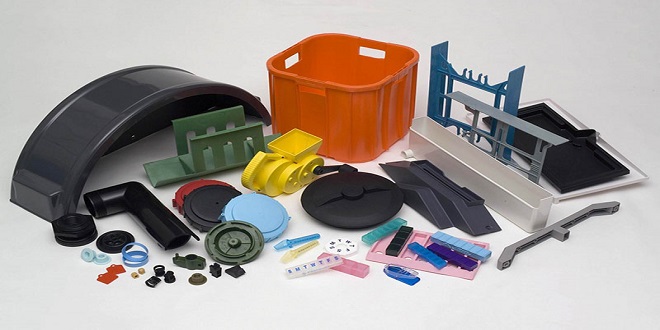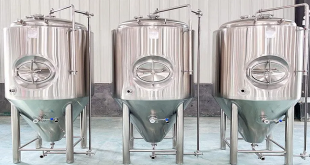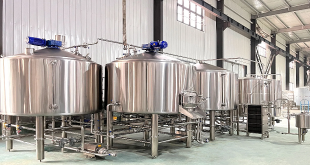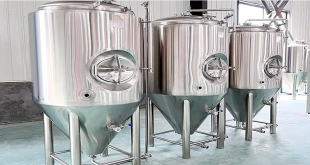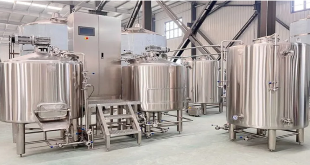Injection molding allows manufacturers to unify different materials to improve certain functionalities. The final product can be developed with concerns such as sound dampening, electrical insulation, chemical and UV resistance, and vibration or shock reduction. Besides functionality, the material combination also improves ergonomics and aesthetic appeal.
Injection molding benefits the manufacturer, especially considering the production costs. The parts are cost-effective and further save money since there is less material wastage and saves labor costs. This is since they can reduce labor costs such as post-processing. Concerns like cutting, drilling, and screwing can be removed, saving more time and expenses. The popular injection molding materials include:
- Polymethyl Methacrylate Acrylic (PMMA)
- Polybutylene Terephthalate (PBTR)
- Polyetherimide (PEI)
- Polycarbonate (PC)
- Polyether Ether Ketone (PEEK)
- Polyphenylsulfone (PPSU)
- High-Density Polyethylene (HDPE)
- Acrylonitrile Butadiene Styrene (ABS)
- Aliphatic Polyamides (PA)
Each material is unique and best suited for particular uses. As such, while selecting the materials, you must consider a few factors, ensuring you pick the right fit. Among the top consideration to ensure you choose the best injection molding material includes:
Hardness
Molding materials’ hardness is also commonly referred to as Shore hardness. It is named after Albert Shore, the durometer scale inventor. Durometer scale measures material hardness, rated from A to D, with the scale varying from zero-100.
Hardness determines how much the material can be indented. If you are developing high-intensity parts, you are best suited to more rigid materials. Softer molding materials are pliable. They are best used in products that aren’t exposed to extreme conditions such as temperature. Softer plastics are fantastic when working on products requiring more design features. This is since they can easily be molded into varying shapes.
Flexibility
Flexibility determines the material’s ability to mold and bend without a tear. Some materials can bend under pressure without sustaining any tear or wastage than others. Others are stiff and can resist bending even under extreme stress. For example, ABS material, while hard, is flexible. This means it can bend to a great extent without breaking. But nylon polymer is stiff, yet it can easily rupture under pressure. Flexibility is often confused with softness. Nonetheless, they are different measures. Not all soft materials are flexible, and neither are all stiff materials inflexible.
Weight
When considering the weight, the bottom line is establishing how much the final product will weigh. Denser molding material results in a heavier end product. For example, if you are in the toys or containers industry, you need a light material that offers tough features. In such a case, HDPE could be an ideal choice. This is because it has a density less than water and can resist chemical exposure. This makes the containers and toys light and durable.
UV resistance
The UV resistance is a considerable check if you are developing outdoor products. You need a material that can withstand direct UV exposure and keep its properties. This includes appearance, shape and strength.
Temperature resistance
Following the intended application, temperature resistance could be a huge check. If the product is used in areas with significant temperature fluctuations, you need to pick a material that can withstand both extremities. Establish if the material:
- Can weaken or quickly melt at high temperatures
- Become more brittle when extremely cold
Cost
While the product application takes center stage, costs can’t take the backseat. Among the top advantages of injection molding is its cost-effectiveness. Nonetheless, each material is unique and attracts a different price tag. Among the easiest ways to pick an ideal material within your budget range is by narrowing them following their properties.
You could, for example, be focused on more properties. Such materials demand a higher price, while some properties could be offering little or no value to your final product. The cost comparison charts make the process easier. Consulting the charts can speed up the process, allowing you to pick a budget-friendly and effective injection molding material.
Besides considering the final product, it also helps to pay attention to the injection molding process. Factors such as the material’s viscosity, melting temperature, and profile impact the process. For instance, the resins fall into two primary melt profiles:
- Semi-crystalline (melts completely after hitting a particular melting point)
- Amorphous (gradually melts with temperature rise)
With such information, you can pick a reliable injection molding material that won’t cost you a fortune or slow the production process. Injection molding helps to improve a product’s viability cost-effectively. It combines different materials, producing stronger, consistent, and durable parts.
 Naasongstelugu.info World News, Live News, Trending News, Latest News, Popular News Website in India, Telugu News, Health News, Business News, Sports News, Entertainment News
Naasongstelugu.info World News, Live News, Trending News, Latest News, Popular News Website in India, Telugu News, Health News, Business News, Sports News, Entertainment News
